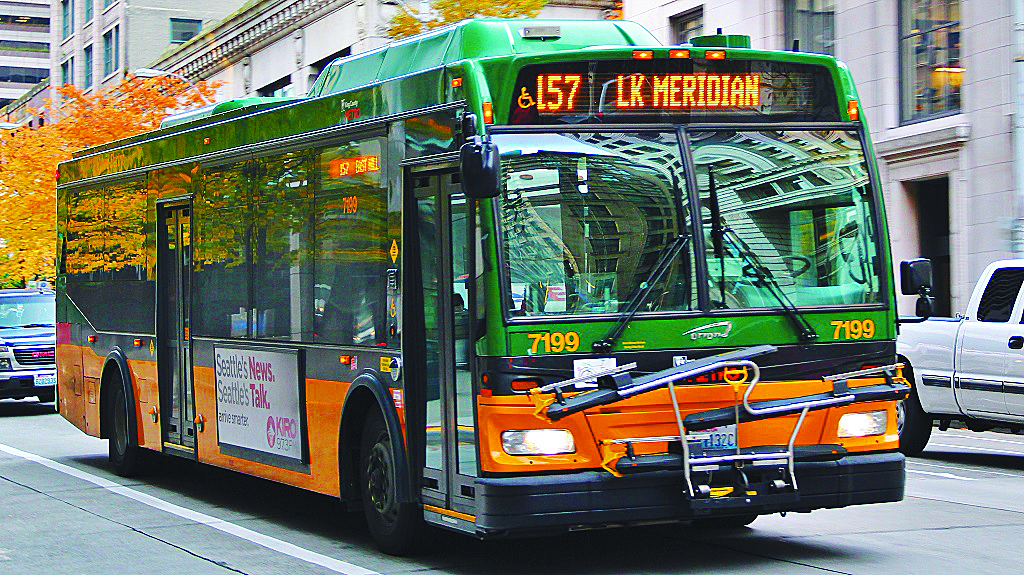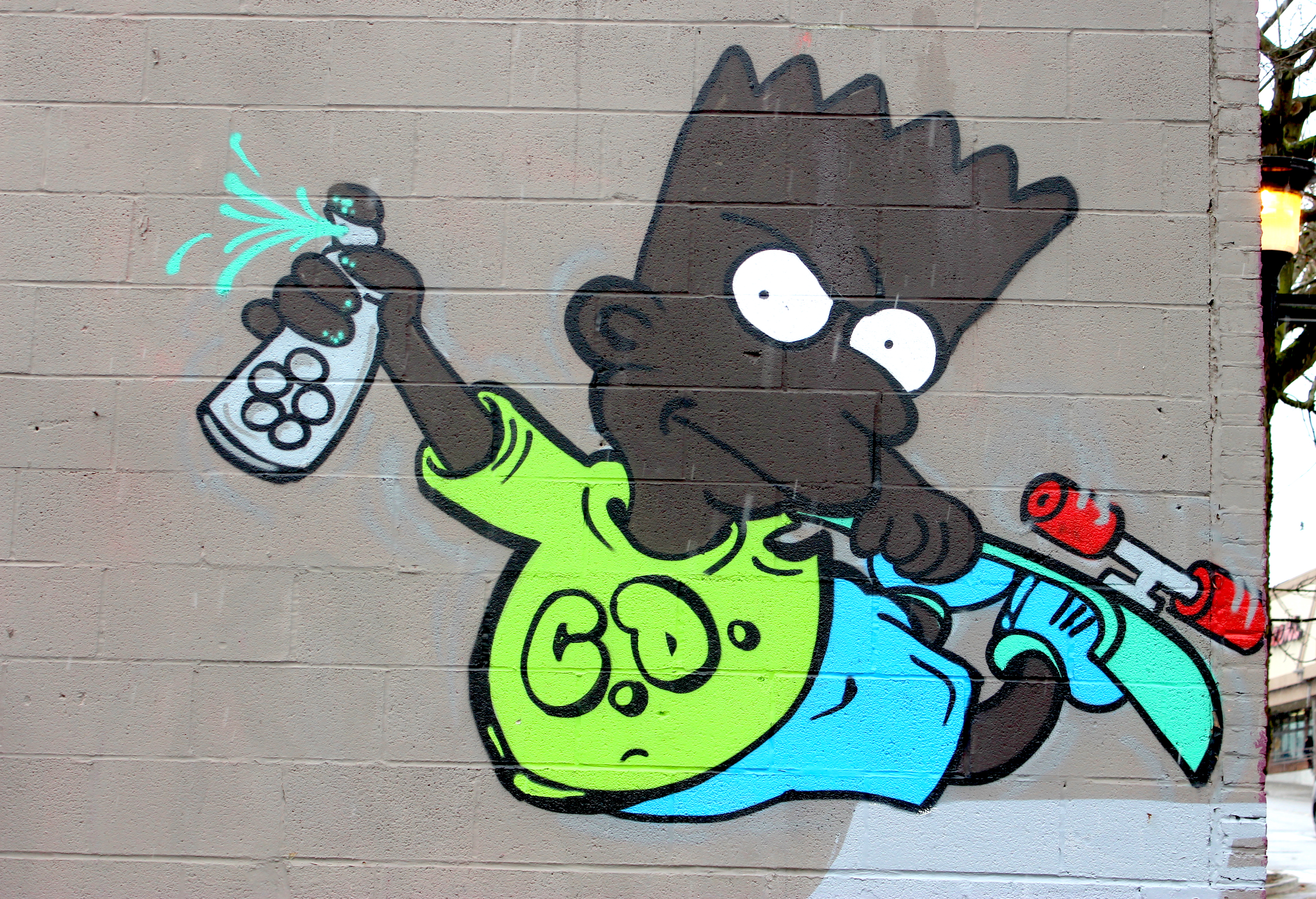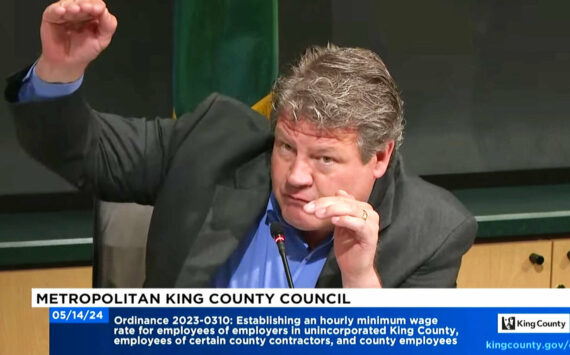Early this year, residents of King County were warned of an encroaching cataclysm: the end of Metro bus service as we know it. An apparently massive budget shortfall brought forth by the 2008 recession had caught up with Metro, and if voters didn’t approve a 0.1 percent increase in sales tax and a $60 car-tab fee, lots of bus routes were going to start going bye-bye.
In a special election this April, King County resoundingly shrugged at the warnings. While Seattle voters overwhelmingly voted to preserve Metro (with 2/3 of residents voting Yes), 55 percent of King County residents voted No on the tax increase. In light of these results, local activist Ben Schiendelman spearheaded the Keep Seattle Moving campaign, which Mayor Ed Murray eventually adopted, in a somewhat altered form, as this November’s Proposition 1—essentially a copy-and-paste, Seattle-specific reboot of the failed April ballot measure, which would preserve some of the local routes under the knife.
On Sept. 27, the foretold Buspocalypse reared its ugly head for the first time: In the first of three scheduled budget cuts, King County eliminated 28 bus lines and revised 13 others.
But then, suddenly, last week the King County Council announced that—just kidding!—they won’t have to make the next two scheduled cuts after all. The reason? Predicted sales-tax revenue for the county jumped an additional $32 million. Sixteen routes and 250,000 service hours that would have been cut in February were now safe. Even though this seemed like good news, the sudden shift caused many to wonder aloud if the Metro budget woes had been a bluff the whole time, especially given that Seattle is currently the fastest-growing city in the U.S.
“A booming economy does not mean commensurate benefit to government finances because of the way our taxes are set up,” King County Executive Dow Constantine responded at a City Club meeting soon after the announcement. “We’ve tried to be tremendously transparent by telling people about the fact that revenues have gotten better or that we’ve achieved savings. People get the idea that somehow the goalposts are moving. The fact is, this is a constantly moving target—it can move up or down.”
That’s precisely why Constantine is skeptical of the council’s decision to cancel the cuts—it relies on a predicted income source that isn’t technically there yet.
Schiendelman is also skeptical. But rather than careless optimism, he sees in the reversal political gamesmanship. “For County Council to come out and say this now looks pretty clearly to be an attempt to undermine Prop. 1,” he tells Seattle Weekly. “It’s a political loss for them if Seattle pays for more of its own service, because they need us to help them pay for suburban service. Metro has a maintenance and capital-investment backlog that it sounds like they’d make worse with this proposal as well. This looks like it’s cutting maintenance funding (resulting in unreliable service) in order to get a nice-sounding announcement.”
Above: A summary of SDOT’s proposed bus improvements should Prop 1 pass (from SDOT).
And so Seattle voters are faced with an unforeseen question: Now that the cuts are canceled, what does this November’s Prop. 1 actually mean? If bus routes are no longer being cut, what would the sales-tax increase and car-tab fee buy Seattle Metro?
“The way Prop. 1 is written is to first stabilize and restore cuts—but if those cuts aren’t made, then to expand service,” says Scott Kubly, director of the Seattle Department of Transportation. “We would expand service to deal with overcrowding [and] reliability issues, and add frequency so the bus service is more accessible to more areas of the city at more times.”
According to Kubly, bus service from 2000 to 2014 has remained “essentially flat,” even though Seattle’s population has grown 17 percent in that time. “Before, [Prop. 1] was essentially on keeping pace with the service we’ve offered since 2000 in light of those cuts on the table, but now it’s about expanding to stay on course with the growth we’ve seen in the city.”
After the county announced it would not be making its planned cuts, Kubly and SDOT took a look at Metro data and created a proposed action plan should Prop. 1 pass. According to the plan, 16 routes would be beefed up to compensate for overcrowding, 49 routes would be amended to improve reliability, and 28 routes would be expanded to bolster frequency and add service.
Despite the possible expansion, will the County Council’s upbeat announcement deter voters from passing Prop. 1? Dow Constantine doesn’t think so.
“I do believe that that will pass,” he said.
(SDOT’s Prop 1 Proposed Route Improvements Below)
ksears@seattleweekly.com








